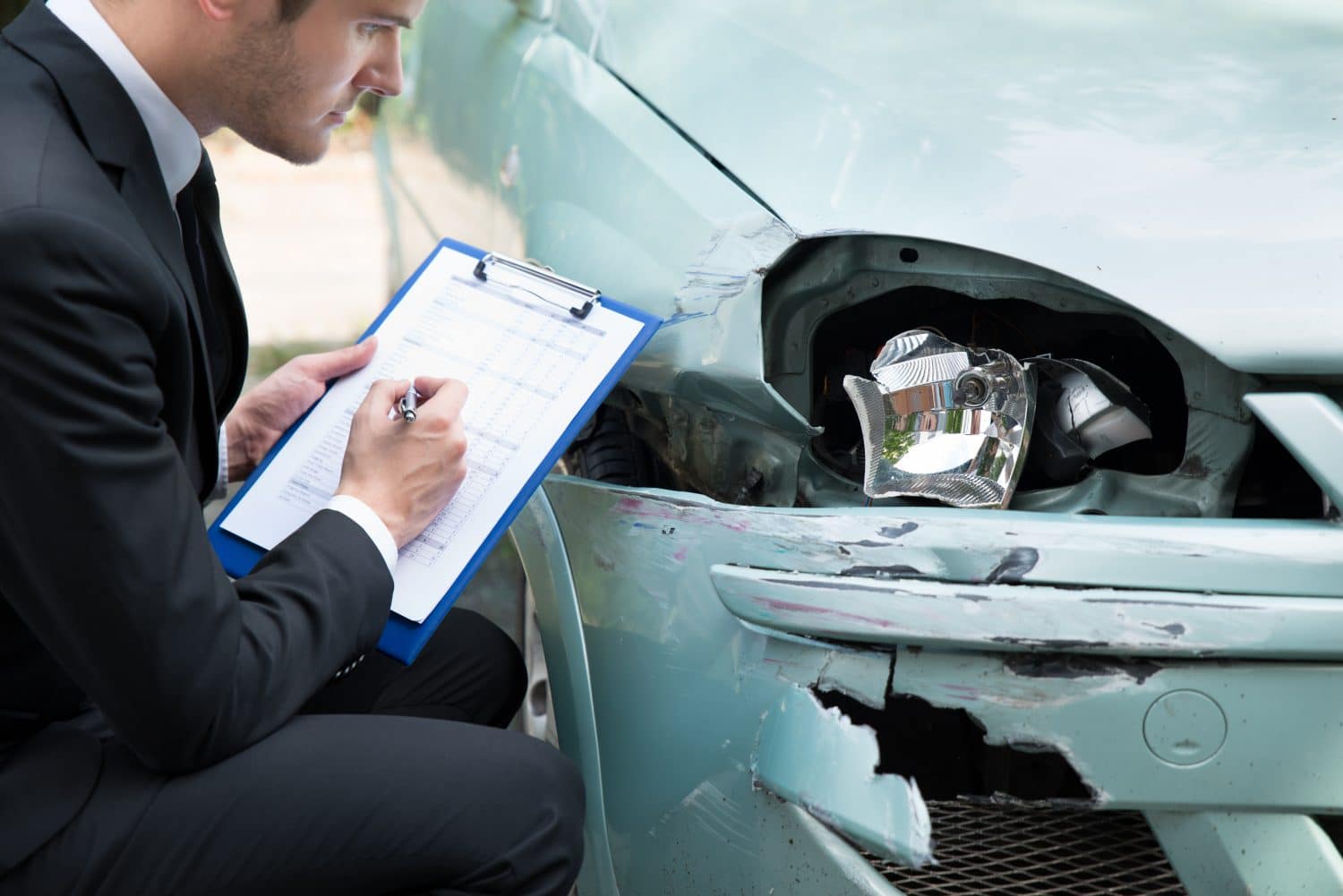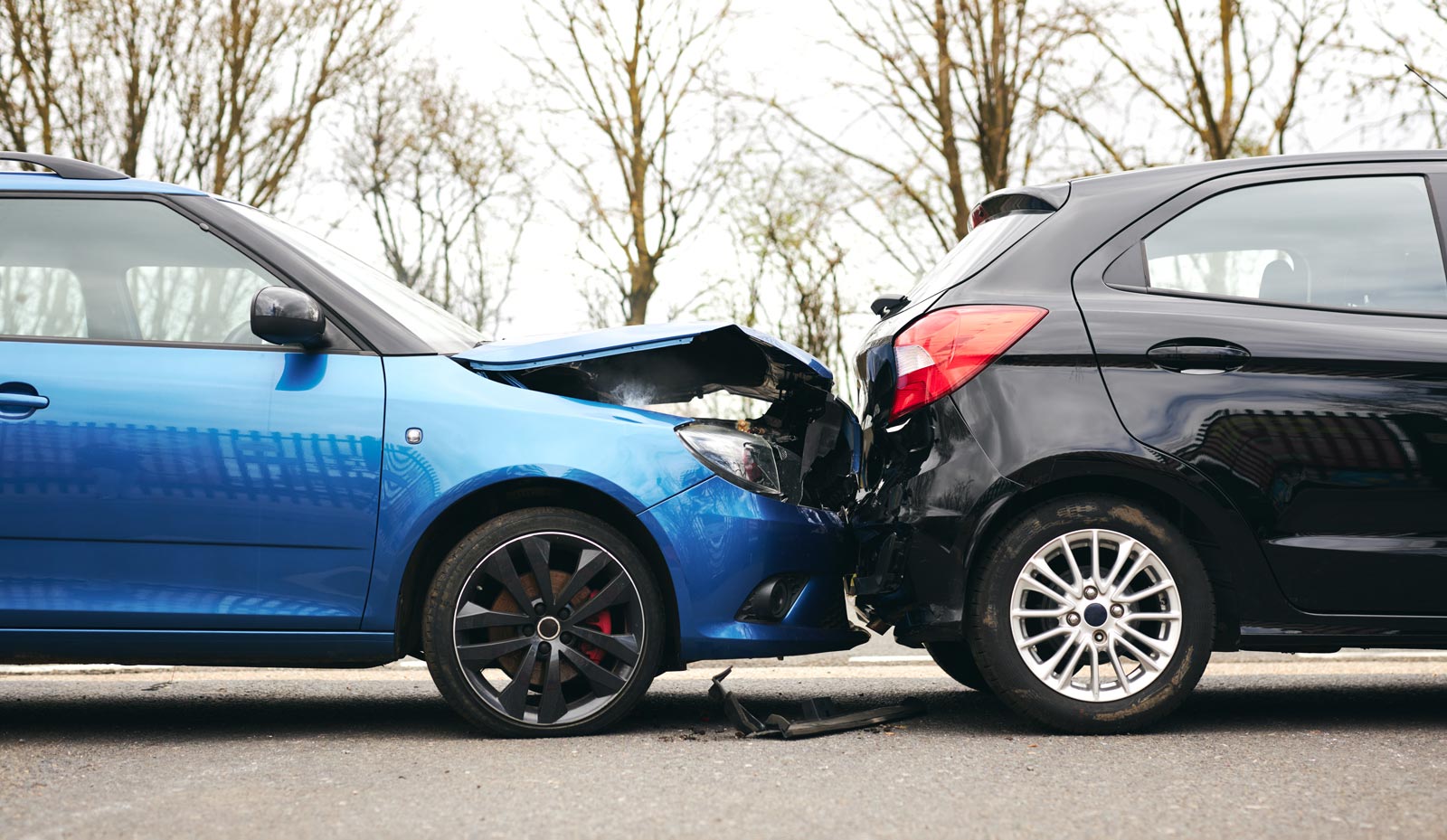Insurance adjusters sometimes offer car crash victims a settlement right off the bat and try to convince them that they don’t need to consult with an attorney. “Save yourself some money,” the adjuster argues, “We want to help!” However, at Crosley Law, we’ve been seeing an increase in cases where the insurance company makes an unfair settlement offer and tries to unfairly blame the victim for the wreck.
While Texas’s comparative fault laws let insurers decrease compensation when you were at fault for a crash, there are limits to this rule. Keep reading to learn how to keep insurers from shorting you on the compensation you deserve.
What Happens to My Claim if I Contributed to the Crash?
It’s not uncommon for multiple parties to contribute to a crash. While the rules vary from state to state, Texas applies a legal theory called “modified comparative fault.” When you contribute to a crash, for example, by speeding or rolling through a stop sign, you will be assigned a percentage of fault. Your damages will be reduced by your degree of fault.
However, there is one big exception to this rule. If you were 51% or more at fault for the crash, you are not entitled to compensation in Texas.
How Comparative Fault Affects a Car Crash Claim
Suppose you’re driving home from work and approach a traffic light. The light is green, and you zip through it. At the same time, a distracted driver rolls through their red light and turns right, crashing into the passenger side of your pickup. You suffer a shoulder injury and need surgery. Between your lost income, medical bills, and other losses, you have $200,000 in damages.
Example 1: The other driver is ticketed for speeding, failure to yield, and texting while driving. However, you also get a ticket for speeding because you were going 5 mph over the posted limit.
In this case, you contributed to the accident, but not as much as the distracted driver. A judge or jury may decide that you are 10% at fault, and reduce your damages by $20,000 ($200,000 x 0.10 = $20,000 reduction).
Example 2: Suppose the distracted driver files a claim with your insurance company, arguing that your speeding contributed to the crash and caused their injuries. If the evidence shows that they were at least 51% to blame, your insurer will deny their claim due to Texas’s modified comparative fault rule.
The Insurance Company May Try to Decrease Your Compensation Using Texas’s Comparative Fault Rules
In some states, you lose your right to compensation if you’re even 1% at fault for a crash. In comparison, Texas’s modified comparative fault aims to compensate victims fairly based on the specific facts of their case. Unfortunately, our personal injury lawyers are noticing a dramatic increase in insurance companies misusing our comparative fault rules.
For instance, imagine you are driving through an intersection when someone runs a stop sign and strikes your car. At the time of the crash, you thought you were following all of the rules of the road. The police agree with you and do not cite you in the accident report.
However, when you file a claim with the at-fault driver’s insurance company, it claims that you should have noticed the speeding car and took steps to avoid the collision. They insist on reducing your settlement by 30%.
You may be tempted to take the settlement rather than battle the insurance company for more. However, when the insurance company unfairly blames you for a car crash, you can (and should) fight back. It’s typically in your best interest to consult with a lawyer who can help you investigate your case, build up your evidence, and properly evaluate your claim’s worth.
How to Fight Victim Blaming After a Car Accident
If you’re facing victim blaming, there are ways to strengthen your case and clear your name. While many require help from a lawyer, you can also take some steps to protect yourself.
Police Reports Are Helpful, But Are Sometimes Imperfect
When you consult with a lawyer, one of the first things they’ll want to see if your accident report. This report provides valuable information about the officers’ assessment of the crash, including who was at fault. However, it’s important to note that an officer’s findings are not the same as a legal determination of fault.
“A police officer may write both drivers citations for the crash even though one is clearly more at fault. They may also mistakenly blame the victim based on the at-fault party’s description of the crash. Sometimes, witness testimony, surveillance footage, and expert opinions can pinpoint the exact causes of a crash and refute an accident report. “
In a recent case, a Crosley Law client was too disoriented from the crash to tell her side of the story to the police officer. The officer wrote her a citation based only on the at-fault party’s testimony. Crosley Law helped her settle her claim for a reasonable value and get closure.
Preserve Witnesses’ Accounts of the Crash
A police officer may interview witnesses to create a statement for the police report, but witnesses should always be further interviewed by an attorney. This way, you will have a complete record of all of their statements, rather than brief notes scribbled in a police report. In cases where both drivers blame the other in a “he-said, she-said” scenario, the testimony of an unbiased witness can have a significant impact on proving fault.
At the scene of a wreck, try to collect witnesses’ contact information. That way, your lawyer can reach them easily and get their side of the story.
Take Pictures and Document the Crash Scene
The crash scene itself can tell investigators a lot about how an accident occurred. If you can’t call your attorney directly to the scene, take photographs and note whether there were red light cameras or other surveillance devices in the area. Potential evidence from the scene includes:
- Placement and extent of damage to both vehicles
- Skid marks on the pavement
- Condition of the road at the site
- Debris scatters from the crash
Your lawyer can use your images and information to help reconstruct the crash and identify its causes.
Consult With Crosley Law Before Accepting a Settlement
If an insurer is offering you a reduced payment by claiming you’re at fault, talk to the experienced car accident attorneys at Crosley Law today. Call us at 210-LAW-3000 | 210-529-3000 or fill out our online form to schedule your free consultation to discuss your case and options.
The content provided here is for informational purposes only and should not be construed as legal advice on any subject.









